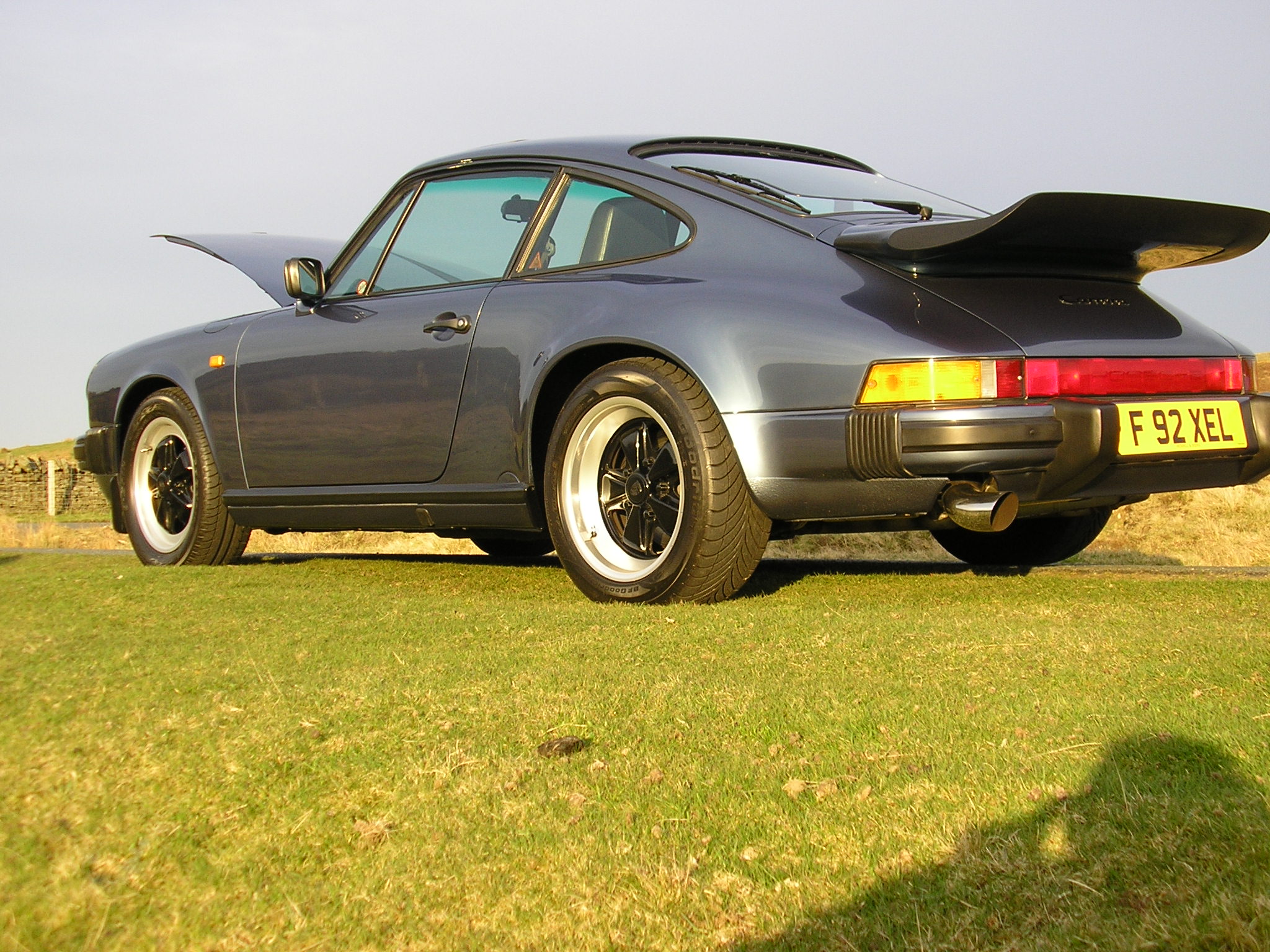 Loading... Please wait...
Loading... Please wait...
Whale Tail Part Two: Chasing Moby Dick
Posted on 25th Jun 2018

Last week, we talked about the production models and variants of the Porsche 930 Whale Tail, or as it is more commonly known in the US, the 911 Turbo. This week, I wanted to take some time to discuss the racing history of the 911 and its various feats and accolades.
As I mentioned in last week’s blog, Porsche used “930” to distinguish the new model from the original 1964 911. The original 911 had a completely re-engineered track version called the 911 Turbo Carrera RSR. However, in 1975, the governing body of international racing, the FIA (Fédération Internationale de l'Automobile), changed the rules for the racing Group 5 Sports Car division from the original requirement of production cars with 3.0L or smaller engines. The new rules allowed for more heavily-modified production cars than the previous rules. Therefore, Porsche introduced the new generation 911 Turbo, internally dubbed the 930, to improve upon the original 911's style and aerodynamics for racing applications, including the Whale Tail and the larger flared wheel wells.
Although there were strict regulations mandating that certain body components like hoods, roofs, and frames be the same as stock production vehicles, they did not cover headlights. This led Porsche’s racing team to quickly eliminate the classic 911 bug-eye headlights in favor of a more aerodynamic slantnose variation. As I mentioned last week, this modification was wildly popular in production versions, and 930s with factory-installed slantnose headlights are some of the rarest Porsches in the world.
The 930 racing variant was dubbed the 935, and featured a 3.3L twin-turbocharged, fuel injected, flat-six engine which produced 845hp. The 1978 version featured an elongated rear end and an even larger spoiler than any of the previous production or racing models. Because of its white paint scheme and extreme take on the Whale Tail, the 1978 935 was nicknamed “Moby Dick.” This configuration won the 1979 24 Hours of Le Mans and became one of the winningest cars in automotive history.
The aggressive body styling and exaggerated features of the otherwise-compact 930 and 935 were so popular that they inspired an entire generation of sports cars, from the European Lancia and Alfa, all the way to the race cars of Japan. The design was so popular in the Japanese market that it was the basis for Japanese sports car design for almost two decades. In fact, the wide wheel flairs and low-slung front spoiler of the 935 almost single-handedly inspired the Japanese aftermarket body kit and tuner market.
-Trey Fennell



RHD Porsche 930 Coupe Coco #55 Black & Blue


